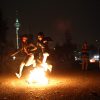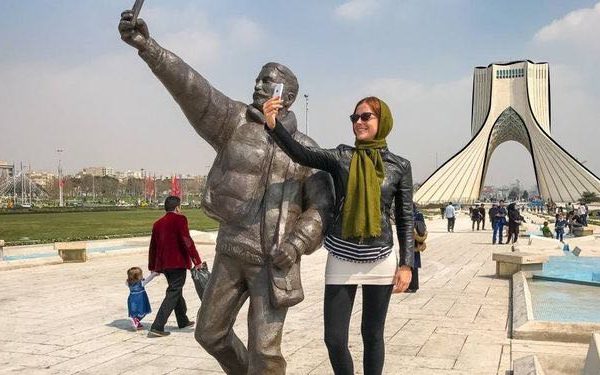Table of Contents
As Ramadan, the holly month of fasting and praying has started, many travelers wonder if it is a good idea to go ahead with their travel plans to Iran. During this time, people are forbidden from eating in public from dusk to dawn. This year’s month coincides with one of the most beautiful seasons in Iran and the high season of traveling and tourism.
Travelers to Iran during Ramadan may think they will face some restrictions BUT this doesn’t mean they should back off. Canceling your trip plans will mean missing on a pleasant weather and a lot of beautiful sceneries. Postponing your trip is not a good idea either, as the summer heat starts settling right after May. Travelers can use this opportunity to get familiar with one of the religious rituals of Iranians and their lifestyle while fasting.
We have gathered a brief guide to everything you need to know about visiting Iran during Ramadan.
When is Ramadan?
Ramadan is the ninth month of the Islamic lunar calendar. It never coincides with a specific month of the Gregorian Calendar and changes based on the sighting of the moon. This year (2020), it spans from April 25 to May 24. The end of Ramadan is celebrated with Eid Fitr, which is one of the most important religious holidays for Muslims.
What do people do in Ramadan?
In the holy month of Ramadan, Muslims must refrain from food and beverages from sunrise to sunset. They also take care not to commit any sins and avoid wrong behavior and inappropriate words. Fasting is a means of rebounding with God as well as the poor who are also endeared in Islam and assumed to be in a closer relationship with God. Muslims go on a fast by the first prayer call at dawn and break their fast by the evening prayer call.
In order to have the best out of your holiday in Iran during Ramadan, read the following guide:
What Should a Traveler Do in Ramadan?
Don’t worry! You won’t stay hungry!
You may worry about the availability of restaurants during the day. Although many restaurants are closed in daytime, the restaurants in hotels and the ones out of the city and on the roads are open. Needless to say, all supermarkets are open. This means you can always find food and eat. Specially for travelers, the rules are adjustable but if you want to be respectful, you’d better not eat in public or in the company of a fasting person, as people are more sensitive in this month.
Your itinerary will not be any different during the month than in any other time of the year. You won’t miss any attractions; you will only need extra planning in advance. Attractions are only closed on 21st of Ramadan (May 15th) and they open with a one-hour delay on the mourning days, May 12th and 16th. Working hours of offices, malls and shops are also scheduled accordingly.
(To see the list of Restaurants which are open in Ramadan in each city click here)
The things that shouldn’t be missed in Ramadan
Muslims normally break their fast with dates and sweet tea, following prophet Muhammad’s custom. You may be offered free dates and tea while walking on the street. Some people also stuff the dates with walnuts and sprinkle coconut powder on them! Also, you shouldn’t miss Zulbia Bamieh, the special sweet made of saffron and rosewater which is only cooked in Ramadan.
Some hotels and restaurants offer special Ramadan buffets and meals. However, if you come across a kind religious family inviting you for Iftar, accept it. Iftar is the evening meal to break the daily fast. Iranians normally gather to have Iftar with special rituals. Every evening during the month, the largest Iftar table in the world is set at Imam Reza’s holy shrine in Mashhad.
Essential Words:
Ramadan: the name of a month in Islamic lunar calendar when Muslim believers go on a fast.
Iftar: the meal fasters eat at the end of a fasting day. (Believers are required to refrain from food from dusk to dawn.)
Eid Fitr: the religious celebration at the end of Ramadan.












